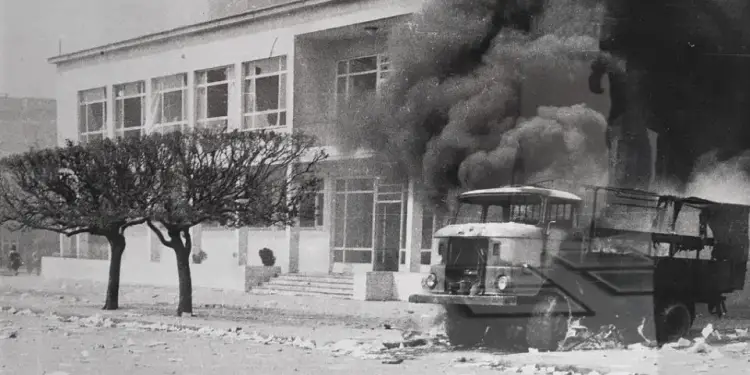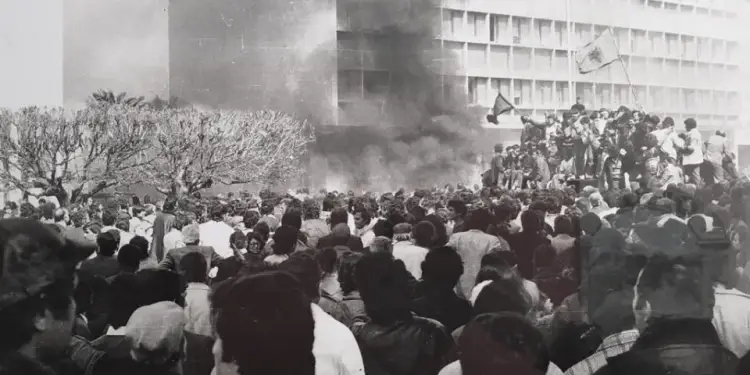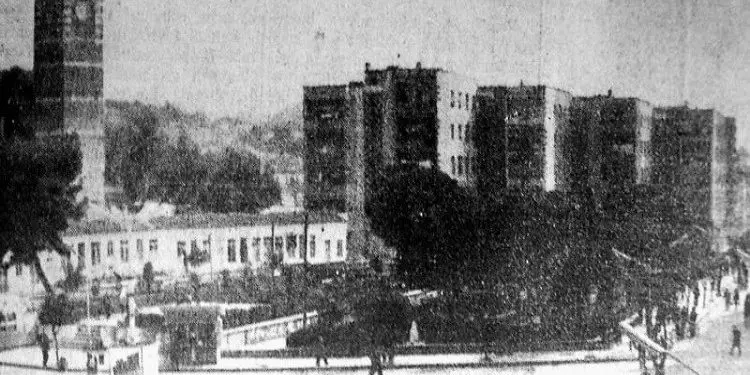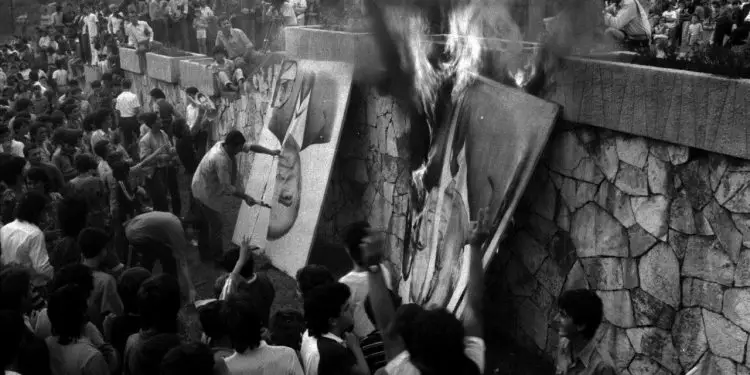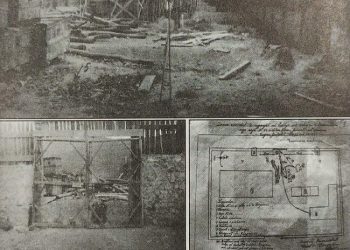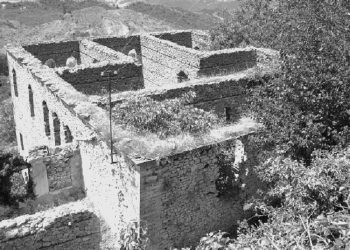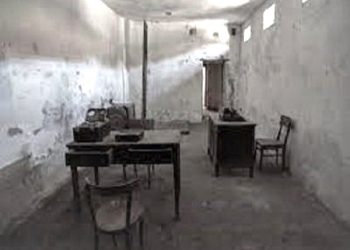– The beginning of protests in the centers described as anti-communist, Shkodër and Kavajë and the efforts to block them. Ali’s statement: “The state, on the verge of crisis”-
Memorie.al / The official news agency (ATSH) reported that a crowd of protesters attacked public buildings today in the northern city of Shkodra, where several policemen were injured. It is also reported that there was violence in the industrial city of Kavaja, the site of anti-communist demonstrations held in the spring and summer of this year.
“Police and military units have been deployed in Shkodër and Kavaje to keep the protesters under control”, – say witnesses and the news agency.
But Tirana is calm, after an appeal made by President Ramiz Alia, on national television, on Wednesday evening, three days after demonstrations in the capital that initially marked clashes with the police and military security forces.
The news agency says that the protesters in Shkodra have thrown stones at the local offices of the Communist Party, the offices of the local government and the building of “Radio Shkodra”. They have qualified these; “vandal acts”.
“Using iron bars, some protesters clashed with the police units, where the regional police chief, another policeman and a civilian were injured”, says the agency, adding that; “the citizens of Shkodra, the workers and the communists”, have tried to stop the protesters, but they have been unsuccessful”.
“The forces of public order and the army have come to take action to stop the protesters”, says the agency.
The announcement of the news agency was given in the evening on the Albanian Radio Television.
Shkodra, a city of 72,000 that has long been considered Albania’s capital of intellectuals, was the scene of violent demonstrations in January where citizens tried to remove a statue of Stalin.
The statue, located in the lower part of the park, was moved in the middle of the night last summer.
In Kavaje, a coastal industrial city of 20,000 inhabitants, there were destructive protests in its streets on Wednesday evening, where shop windows were broken. They were kept under control by police units.
There were also violent anti-communist demonstrations in March, during a football match in Kavaja. Another one in July. The witnesses said that; “a protester was shot and a policeman was killed during the July conflicts”.
A witness reports that this evening in Kavaje, military troops, police units and cars have been installed to stop traffic on the main streets of the coastal city. He said that the troops are armored with cars and tanks and are located about 10 miles north of Durrës, a city of 70,000 inhabitants.
A wave of discontent has swept Albanian cities periodically over the past 11 months, fueled in part by the examples of popular uprisings that toppled other communist governments in Eastern Europe in 1989.
Albanian citizens followed these uprisings through foreign radio and television and television news editions from Italy, Yugoslavia and Greece.
Albania is the last country ruled by communists in Europe, apart from the Soviet Union. The population of 3.3 million inhabitants has not known any other system during the last 46 years.
This year, the economy is deteriorating towards the precipice, which President Alia, described two weeks ago as “a state on the verge of emergency”, which has influenced the growth of popular discontent.
At the beginning of May, Mr. Alia launched a program of changes under the banner of “democratization”, with the goals of gradually incorporating the principles of the free market and accepting Albania into the political and economic institutions of Western Europe. Memorie.al
The article was published in the “New York Times” on December 14, 1990
The title is editorial
Prepared for publication, Albert Gjoka




